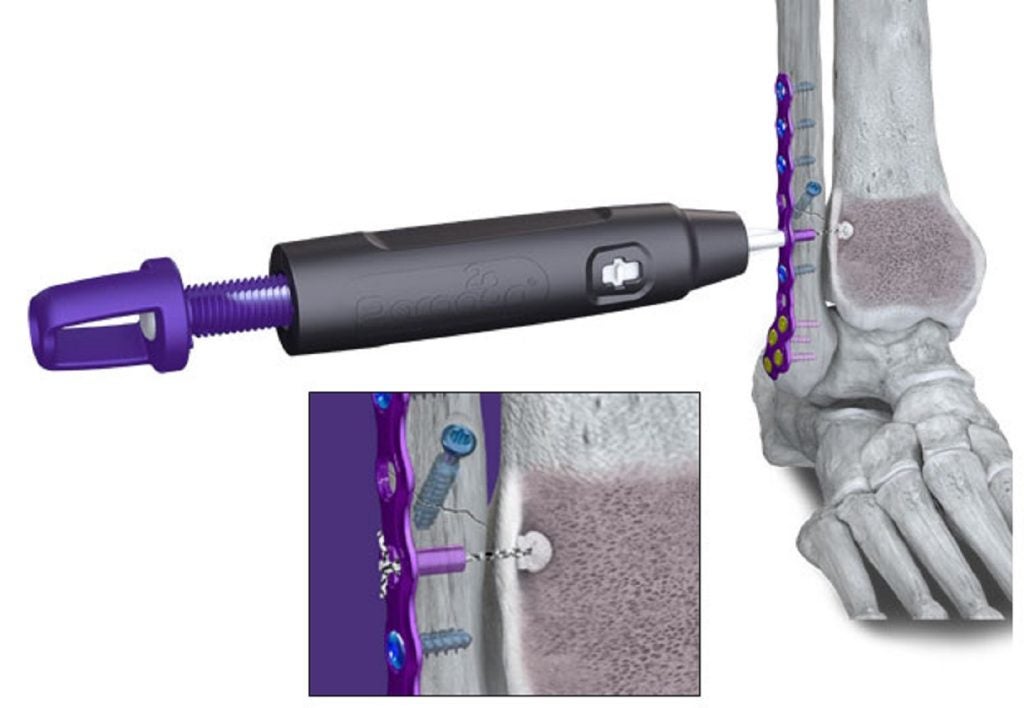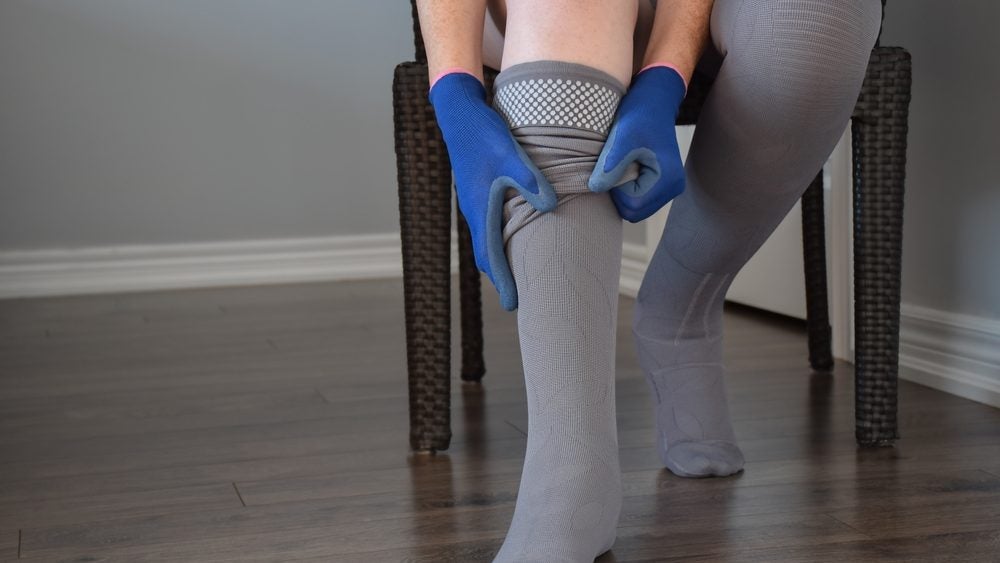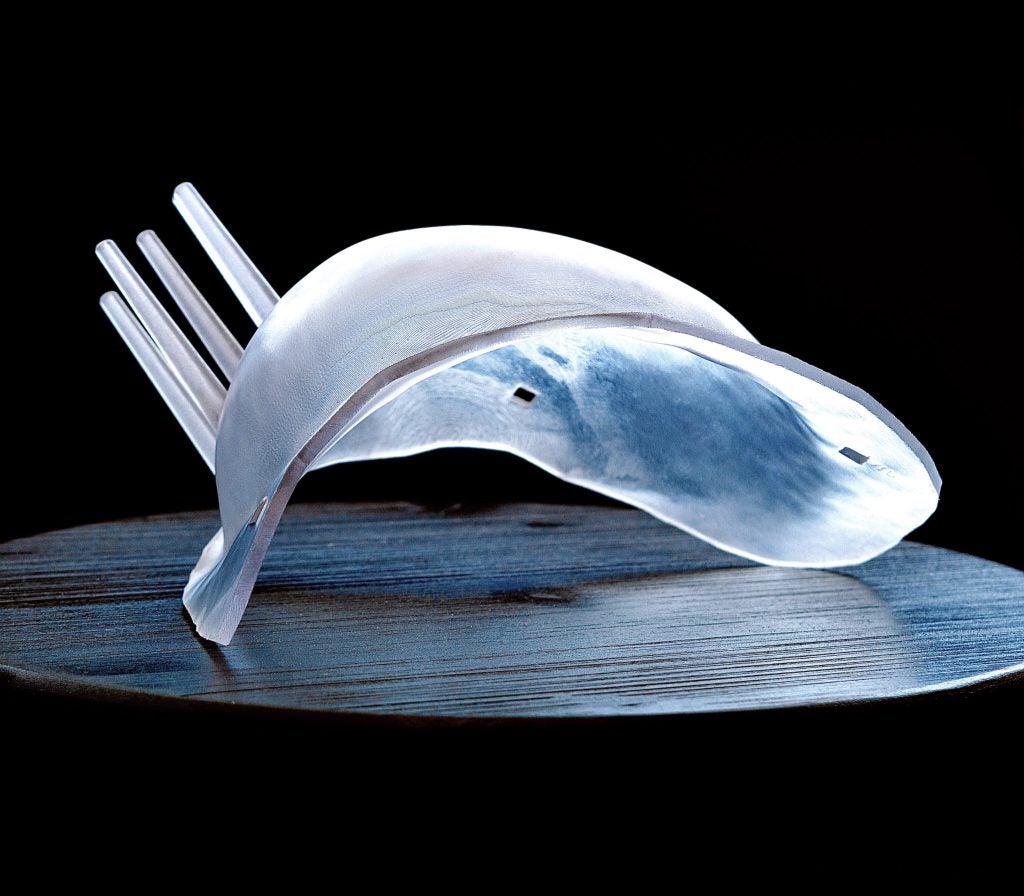Medical device company Paragon 28 has launched the R3FLEX stabilisation system, aimed at providing an anatomical repair solution for ankle syndesmotic injuries.
The system offers surgeons the ability to adjust and visualise tension accurately during the repair process, which is crucial for restoring the soft tissue to its natural anatomy and reducing the risk of postoperative complications.
The R3FLEX’s unique design allows the tibial implant to rest on the internal surface of the tibia, in contrast to other fixation products that may require hardware on the tibial bone's external surface.
This design reduces the risk of injury to the saphenous nerve and great saphenous vein during the surgical procedure.
Furthermore, the R3FLEX utilises a short suture loop between the all-suture anchor in the tibia and the titanium fibular component.
This creates a repair construct that is less prone to elongation or creep, addressing concerns some surgeons may have with other systems.
The fibular component also includes a thermoplastic urethane bumper to allow for controlled micromotion of the fibula, mimicking its natural movement.
Provided as a single sterile kit with both implants and instruments, the R3FLEX stabilisation system simplifies the surgical workflow and inventory management for healthcare providers.
It enhances Paragon 28's soft tissue repair portfolio, which includes a range of innovative products designed to improve surgical outcomes in foot and ankle procedures.
Paragon 28 CEO Albert DaCosta said: “The R3FLEX stabilisation system is the crown jewel of our syndesmotic injury repair portfolio with novel features that give surgeons the ability, for the first time, to precisely adjust and visualise tension during a repair with the simple turn of the handle.
“Dynamic tensioning is incredibly important, and we believe it will help mitigate arthritic response, which is a primary complication following these types of ankle fractures.”
In March 2024, Paragon 28 launched the Grappler R3INFORCE extraosseous repair system, for enhancing the stability of the ankle’s anterior and posterior ligaments during fibula fracture repairs and high ankle sprains.















